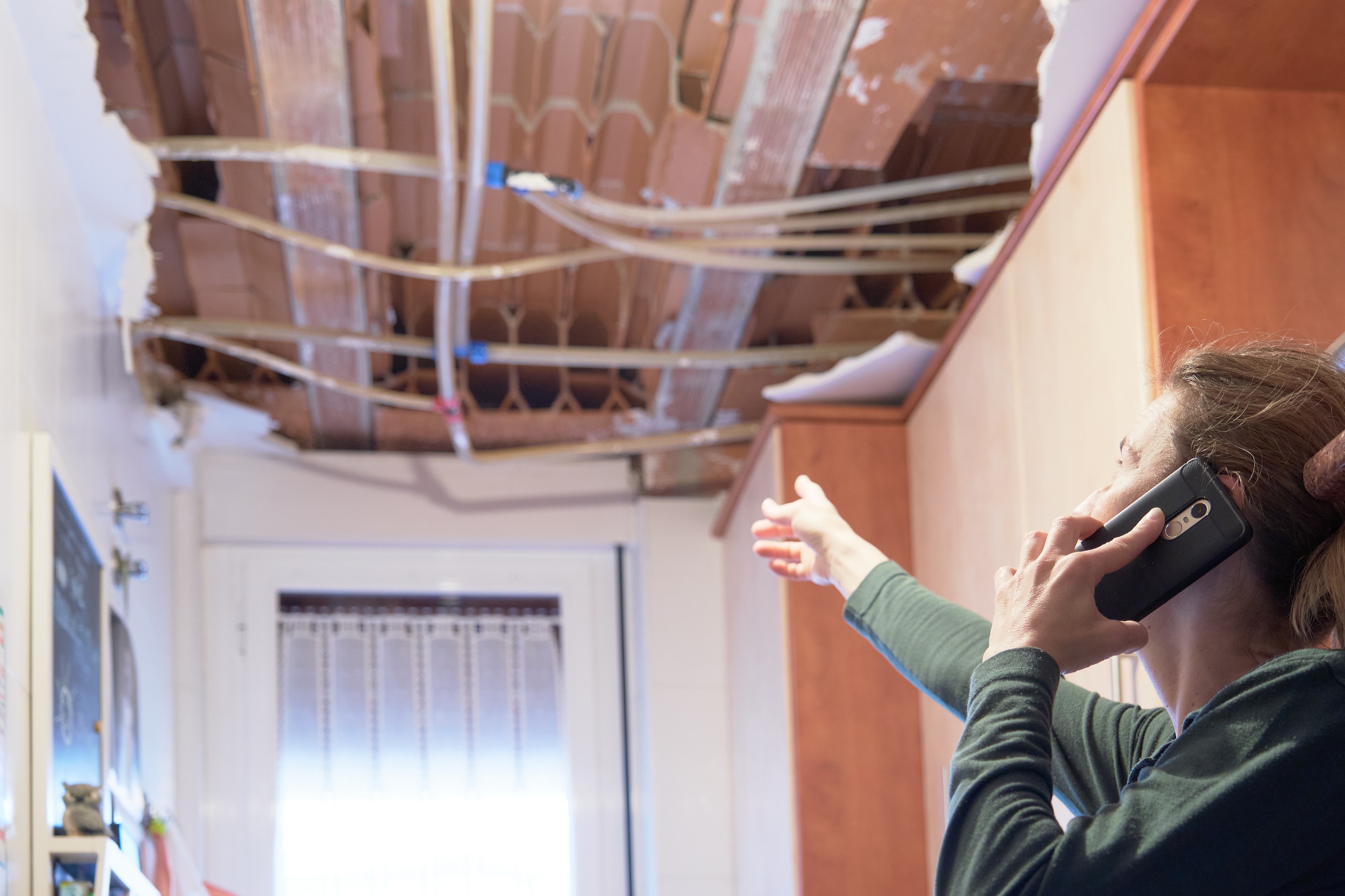Risk in the automotive industry
Motor industry players can count on their insurers to help them deal with any loss, but the regulatory complexities can be surprising. Here's an overview.
Still, a stereotype that is now part of the records, the idea of the mechanic with his hands full of sludge listening to the sound of an engine with a screwdriver in his ear still lives on in some minds when talking about car professionals. Automotive professions are still pursued by enthusiasts, but they no longer correspond to those of yesterday. Which is not without relation to an increase in the risks.
While these professionals can count on their insurers in the unexpected, the procedural, technical, legal, and insurance nuances can sometimes surprise them when they are unprepared. Against this background, the loss adjusters can intervene with the professional involved. Which allows us to make a few observations.
Older car’s not modern car.
“A car for everyone” inspired a famous Henry Ford to bring the automotive industry into the era of mass series production. Over a century later, this dream has become more than ever a reality. For several years now, however, what has been driving manufacturers, equipment suppliers, distributors and other stakeholders in the industry has been “the clean, safe, economical and autonomous car“.
To reach their goals, the automotive industry players have, as usual, achieved enormous technological prowess in recent years. However, the evolution of household purchasing power has not been as dynamic. To be able to combine technological and ecological development with purchasing power, the automotive industry has had to adapt and challenge its costs and solutions.
On the one hand, engines and their accessories have undergone multiple modifications and developments, bringing with them new constraints and new types of claims. On the other hand, vehicle owners expect a manufacturer to make their vehicles increasingly accident-free for many years to come.
When a breakdown occurs, much to the displeasure of the vehicle owner, he is often reluctant to spend his savings to pay for the repair. He often turns to the seller, the maintainer, the technical inspector, or the manufacturer to try to get help from his legal protection insurers, when this guarantee has been purchased.
Prevention of litigation abuse
Legal litigation regularly provokes a certain amount of fear among the various players, all of whom are convinced that they are obliged to defend themselves against the other party. The procedure begins, usually amicably, and then with a contradictory appraisal. This makes it possible to define the regulatory framework to establish the cause(s), the cost of the damage, and possible liabilities, contractual in most cases.
At the end of the appraisal, the loss adjusters may share all or part of the conclusions or observe disagreements. Agreeing or disagreeing, the loss adjusters submit their reports to their respective insurers. What happens next? Three possibilities, either the dispute is settled without negotiation or an agreement is reached between the parties. In the latter case, the proceedings continue in court. The latter option can be chosen for many reasons, including sometimes disagreement on the loss adjustment or its interpretation.
In order to avoid going to court, or to better understand the origin of the drift, the conduct of rigorous loss adjustment operations followed by clear and substantiated communications is therefore central. Depending on the type of litigation, the loss adjustment required may vary. From research into the causes and circumstances of the fire (RCCI) to accidentally, from analysis of the modes of rupture and deformation of materials to legal and regulatory studies, from quantifying material and financial damage to the control of agreements, a whole range of loss adjustment is deployed to respond to all aspects of an incident, from its very first moments. At the risk of tackling only part of the problem, the adjuster can no longer be content with knowing the cars well and acting alone. This puts the emphasis on prevention.
To Prevent the Issue
Preventing and avoiding litigation is not so simple, especially in a particularly rigorous legislative context. The car repairer must protect himself more than others against risks. Identifying, quantifying, and highlighting any potential consequences after an intervention is among the steps not to be forgotten.
When an incident occurs because it happens even to the most caring people, adopting the appropriate habits beforehand allows you to remain calm and apprehend the situation with confidence. Therefore, it is essential to ask yourself the right questions to determine the origins of the incident. How did this litigation come about? Is the situation putting me at risk? How can I be held responsible? Does my client’s complaint have any justification?
The whole understanding of the problem revolves around maintaining a dialogue with the client until the insurance company is commissioned. Although the expert intervenes mainly in post-claim management, at the insurer’s request, he can recommend actions to be taken upstream in order to close this type of dispute before it occurs.
The economic context could well be favorable to the increase in consumer-related claims in the aftermath of the health crisis. Automotive professionals will have to pursue their initiatives to deal with the risks related to their sector of activity.
Post-claims adjustment offers an objective, pragmatic and strategic view that enables policyholders to quickly take the necessary steps when they have been implicated. It also enables insurers to obtain the information they need to settle claims in accordance with contracts. Supporting clients is a priority when the situation becomes complicated. In short, expertise is at every level, a piston between all the parties involved.
Bertrand BOIRON
Automotive & Transports Loss Adjuster








